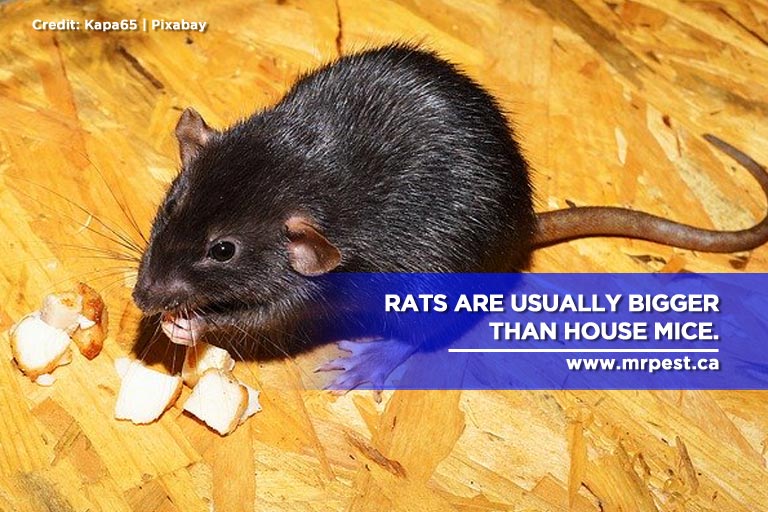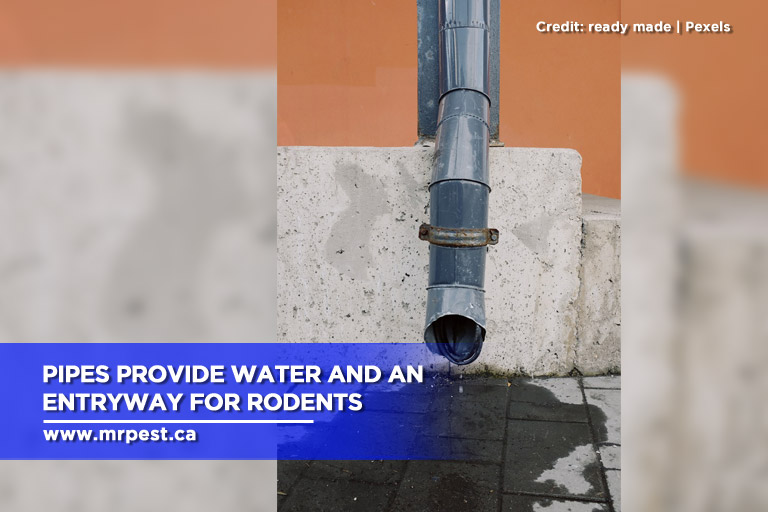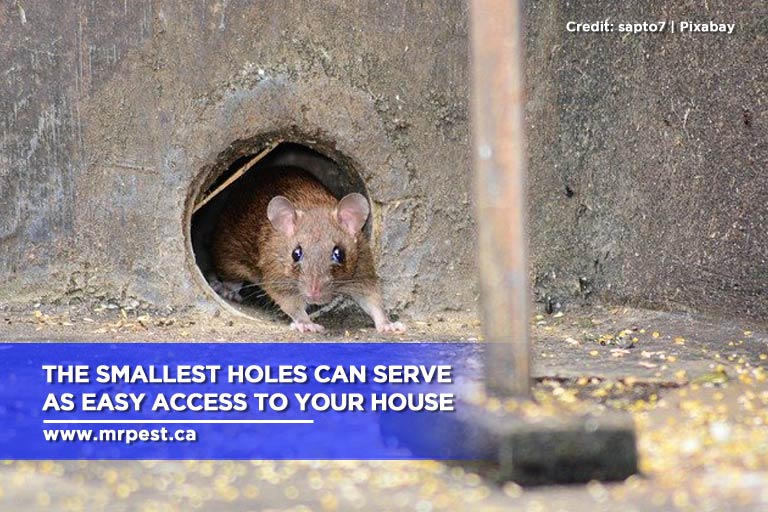When you first moved into your new home, it was most likely clean, tidy, and uncluttered. However, as time went by, you started hearing scratches between walls and scampering in your ceiling. Some areas in your house are permeating with a pungent odour, food may look as if they’ve been bitten into or have gone missing entirely. The more you notice these things, the more you come to realize that you are not alone at home — and you may not have just one uninvited guest but dozens of them.
You may have tried a few pest control methods yourself, but somehow, they just won’t stay away — but why exactly do they keep coming back?
Risks Rodents Pose on Your Home
Rodents, such as rats and mice, are among the most common pest infestations there are. If unmanaged, they can inflict considerable damage to your property. The cost of rat removal can run up to thousands of dollars and can hurt property value for resale.
Even if you don’t consider putting your house up on the market, living with these animals pose a grave threat to your health. Rats and mice are known to carry and spread up to 35 diseases. These include plague, salmonellosis, leptospirosis, and tularemia.
It’s vital they do not gain a foothold on your property.
Identifying Rats and Mice and Why It Matters
Rats and mice are not there randomly. They are in your home because they have a motive. Certain house layouts and environments affect their behaviour. Distinguishing rats from mice and knowing their behaviour, food preference, and habitat will be very helpful in your rodent control efforts.

- Rats
The most common types of rats in Canada are the Norway rat and roof rat. They are stealthy and nocturnal. They are larger than mice and more careful in avoiding new things. Rats will eat anything but prefer grains and meat. They also need up to 1 ounce of fluid per day so they typically settle where there is water. They are also strong swimmers and can enter your house through sewers and pipes. Norway rats burrow under buildings while roof rats settle in walls and attics, so it is common for both types to exist in your home at the same time. - Mice
House mice are smaller but more agile and curious. Just like rats, mice are also stealthy and nocturnal. They are excellent swimmers, jumpers, and climbers. They can run along wires, ropes, and cables. They can also slip through holes measuring a quarter of an inch. Mice prefer grains and plants but will eat anything. They will nest anywhere near their food source. Mice are afraid of rats and will avoid their territory.
What Attracts Rats and Mice To Your Home
It may come as a surprise, but often it is the homeowner’s behaviour that may lead rodents to infiltrate a home. Several factors draw rodents to your place, and it is usually a combination of these things explains why they are there:
- Open Food Sources

Like other animals, rodents are constantly on the lookout for food and eat almost anything. Although they may have their own preferences, they are generally not picky eaters. They will eat raw, cooked, dirty, cold food, as long as it is edible. They have been observed to consume not only meat and plants but also leather, cardboard, and soap.
As a result, always keep your food secure. Place them inside tight-lid containers. Make sure that even your pet’s food is properly disposed of when left uneaten. Never leave any food in the open overnight, or these rodents will sniff them out.
- Waste and Compost
Poor sanitation (i.e. littered crumbs, trash, and uncovered leftover food) is just as attractive to rats and mice. Your pile of garbage is their buffet, which is why they are often seen dumpster diving.
Remember that rats and mice are stealthy animals. A cluttered environment allows them to wander around your residence unseen. Declutter regularly, clean your floors, cabinets, and drawers, and look under and behind old furniture where they may have built a nest. - Water

Another point of attraction is water. If they can’t find water outside your home, they will surely find it inside. Rats, for one, need a substantial amount of water every day and, in the process, may tunnel their way through your drains, causing damage. Additionally, your pet’s water bowl (if filled) can offer them adequate hydration. Drain them quickly if unfinished or place it somewhere elevated or open to deter their movement.
Check your place for leaking pipes or dripping faucets as well. The last thing you will want is a puddle that serves as a watering hole for rats and mice. - Warmth and Shelter
Shelter is another sought-after resource, especially for pregnant rodents. A fertile rat can give birth to 10 to 12 babies every 3 or 4 weeks. You can get a full-scale infestation in a matter of months.
Weather also factors in since your house will also be attractive to rats and mice during winter and rainy months. They will gnaw through your walls, wood, or plastic just to seek insulation. - Cracks and Openings

Cracks and openings as small as ¼ of an inch are enough for rodents to squeeze themselves into. They can also climb up trees, posts, and vents to reach your attics.
To prevent this, look for openings in the interior of your home and seal them. Keep any exterior holes open for some time to allow them to depart before you close them. Closing both interior and exterior openings at the same time will trap the rodents between your walls. This will likely kill them, which means you’ll eventually have to deal with the unpleasant odour of dead rodents rotting within your walls. - Past Rodent Infestation
Even if you’ve asked a mouse and rat removal expert to eliminate the infestation once before, sometimes a reinfestation occurs. Rats and mice are attracted to what is familiar and will eventually be drawn back to occupy one of the safest places they know.
Additionally, if not completely sanitized, scents and materials from the previous infestation will remain. Droppings, nesting materials, and grease marks are all that the new rodents need to get themselves comfortable in your home.
Getting Rid of Rats and Mice
To prevent and eliminate an infestation, you need to do the following:
- Pack and store your food properly.
- Check for leaks and seal them right away.
- Cover your trash and patch existing holes and openings.
- Keep your residence clean.
- Set up traps to deal with rats and mice.
Call in the Mice and Rat Removal Specialists

Entrust the removal of rodent infestation to reliable pest control services.
If you live in Ontario and are wondering “where can I find quality pest or mice removal services near me?”, contact Mr. Pest Control. We have been serving Southern Ontario for over 30 years and have become one of the leading pest control providers in the area. If your property has been invaded by ants, raccoons, skunks, wasps, mice, fleas, wildlife, cockroaches, carpet beetles and more, we will deal with them for you.
Let us keep your home safe. Leave us a message at peteb@mrpest.ca or call us toll-free at 1-888-794-7378.




